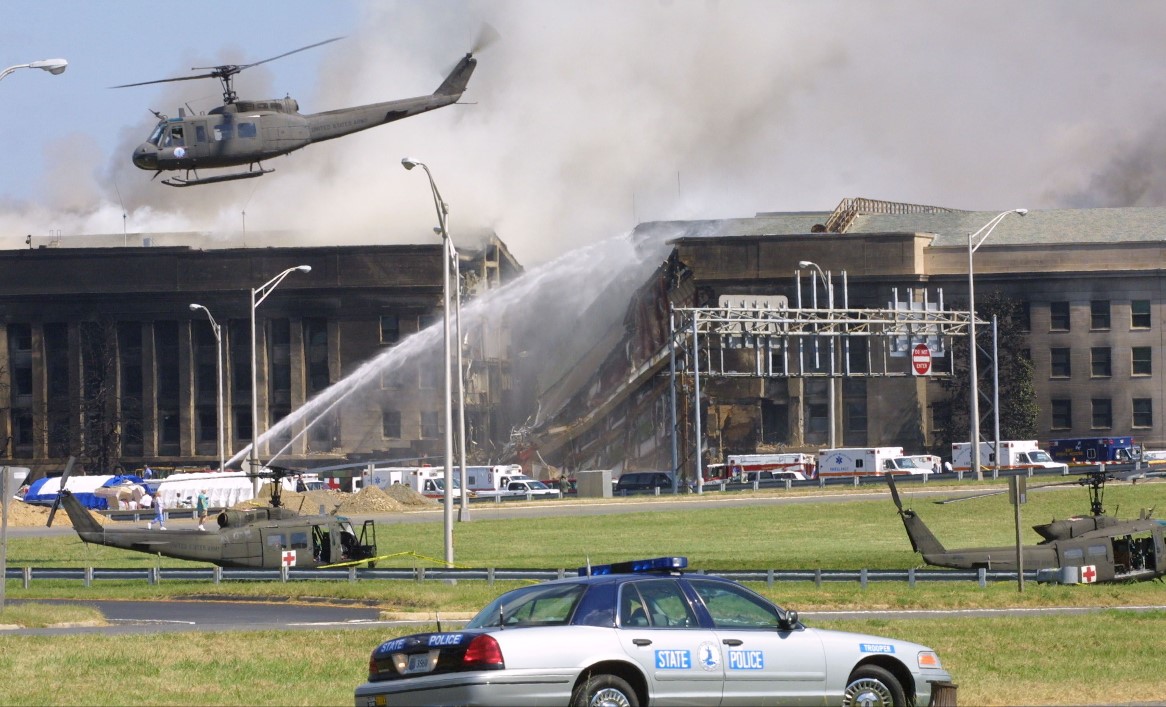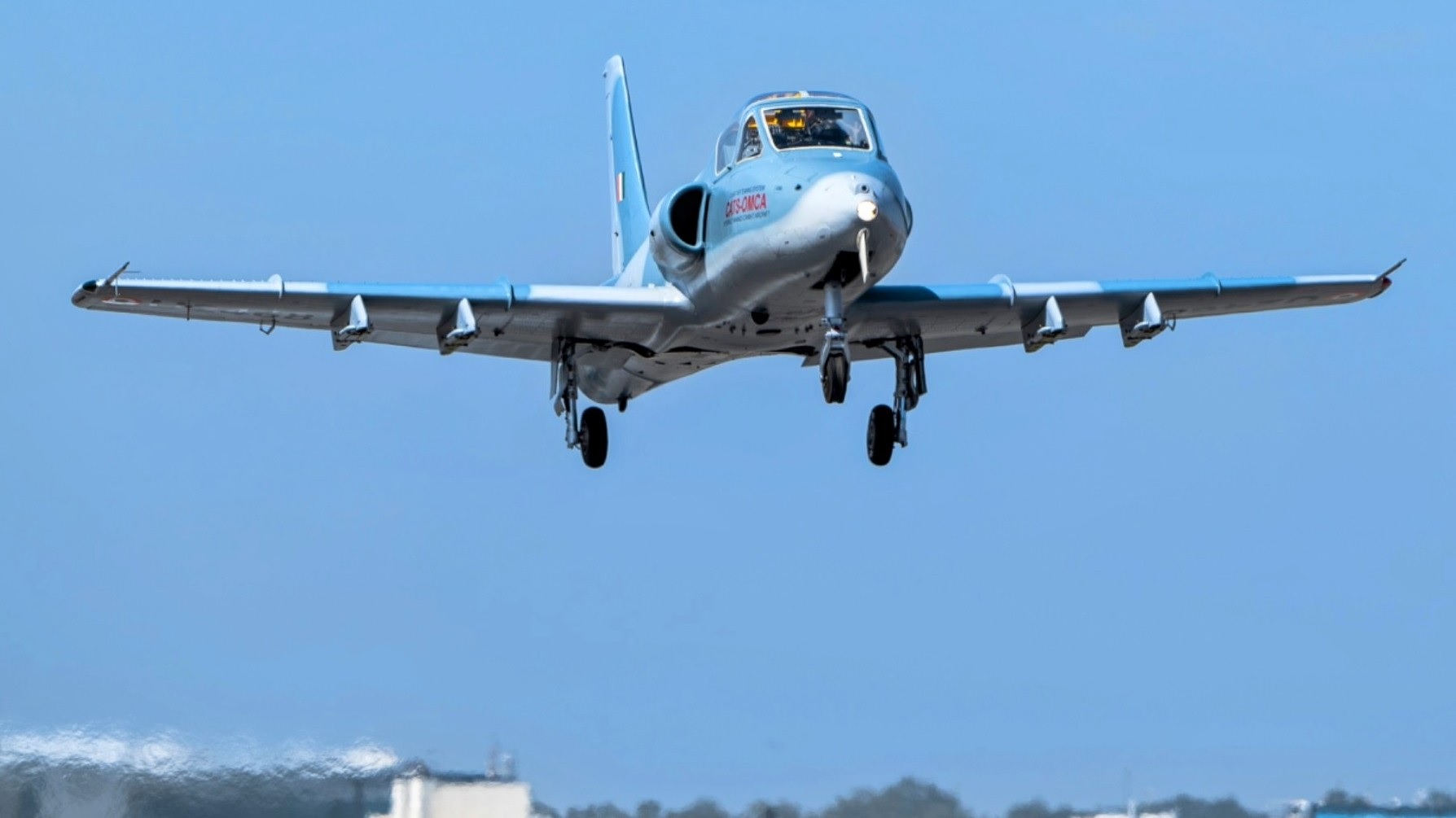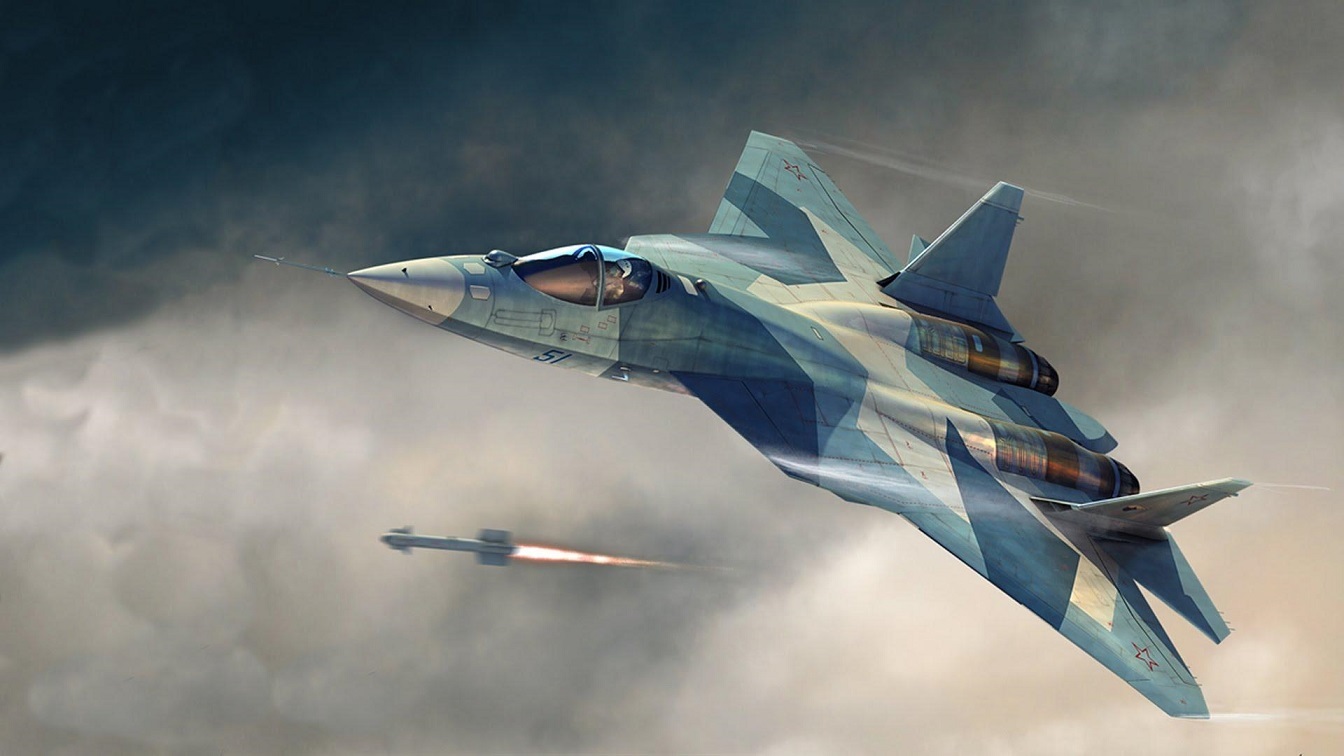Unraveling the 9/11 Pentagon Missile Theory: Analyzing Claims, Evidence, and Controversies

Secret News
U.S
The events of September 11, 2001, left an
indelible mark on history, reshaping global geopolitics, security measures, and
societal norms. Amidst the chaos and devastation of the 9/11 attacks, a
multitude of conspiracy theories emerged, challenging the official narrative
and prompting alternative interpretations of the events.
One such theory posits that the Pentagon
was not struck by American Airlines Flight 77, as officially reported, but by a
missile. In this comprehensive report, we will delve into the origins, claims,
evidence, controversies, and implications surrounding the 9/11 Pentagon Missile
theory.
Origins
of the 9/11 Pentagon Missile Theory
The 9/11 Pentagon Missile theory emerged in
the aftermath of the terrorist attacks as individuals sought to make sense of
the unprecedented tragedy. Questions surrounding the flight path of Flight 77,
the absence of clear footage capturing the impact, and discrepancies in the
debris field and damage pattern at the Pentagon site fueled skepticism and
suspicion. As the official narrative of events came under scrutiny, alternative
explanations, including the missile theory, gained traction among skeptics and
conspiracy theorists.
Key
Claims of the 9/11 Pentagon Missile Theory
Central to the 9/11 Pentagon Missile theory
are several key claims that diverge from the official account of the Pentagon
attack:
Absence
of Aircraft Debris: Proponents of the missile
theory point to the purported lack of visible aircraft debris at the Pentagon
crash site immediately following the impact. They argue that the absence of
recognizable plane wreckage, such as wings, fuselage, and engines, suggests
that a missile, rather than a commercial airliner, struck the building.
Damage
Inconsistencies: Skeptics of the official narrative
highlight inconsistencies in the damage pattern observed at the Pentagon site.
They contend that the size and shape of the impact hole, as well as the
trajectory of the alleged aircraft, do not align with expectations based on the
dimensions and flight path of a Boeing 757. Instead, they propose that the
observed damage is more consistent with a missile strike.
Eyewitness
Testimonies: Anecdotal accounts from eyewitnesses
who claimed to have observed a fast-moving, low-flying object approaching the
Pentagon prior to the explosion are often cited as supporting evidence for the
missile theory. These testimonies, while subjective and varied in their
descriptions, contribute to the overall narrative of an alternative explanation
for the Pentagon attack.
Purported Evidence and Anecdotal Accounts
Supporters of the 9/11 Pentagon Missile
theory cite a range of evidence and testimonies to bolster their claims:
Photographic
and Video Analysis: Analysis of photographs and
video footage captured in the immediate aftermath of the Pentagon attack is
scrutinized for signs of a missile strike. Proponents of the missile theory
point to anomalies such as the absence of visible aircraft wreckage, the size
and shape of the impact hole, and the trajectory of the alleged projectile as
evidence supporting their interpretation of events.
Eyewitness
Testimonies: Accounts from individuals who claimed
to have witnessed a missile or unidentified flying object (UFO) approaching the
Pentagon prior to the explosion are often cited as corroborating evidence.
These eyewitness testimonies, while subject to interpretation and scrutiny,
contribute to the overall narrative of an alternative explanation for the
Pentagon attack.
Analysis
of Government Documents: Some proponents of the
missile theory reference government documents, declassified intelligence
reports, and investigative findings to support their claims. References to
classified military technologies, defense systems, and historical precedents of
false flag operations are invoked to contextualize the alleged motive and means
behind the purported missile strike.
Critiques and Debunking of the 9/11 Pentagon Missile Theory
Despite its persistence, the 9/11 Pentagon
Missile theory has been met with skepticism and criticism from skeptics,
experts, and fact-checkers:
Forensic
Analysis and Reconstruction: Forensic analysis of
the Pentagon crash site, including the examination of debris, impact patterns,
and structural damage, supports the conclusion that a commercial airliner,
rather than a missile, struck the building. Reconstruction of the flight path
and trajectory of Flight 77 corroborates the official account of events,
dismissing claims of a missile strike.
Eyewitness
Perception and Interpretation: Eyewitness
testimonies of a fast-moving object approaching the Pentagon are subject to
interpretation and cognitive biases, such as hindsight bias and suggestibility.
Factors such as shock, confusion, and the chaotic nature of the event may have
influenced perceptions and recollections, leading to discrepancies in accounts
of what was observed.
Occam's
Razor and Plausibility: From a rational standpoint,
the 9/11 Pentagon Missile theory violates the principle of Occam's razor, which
favors simpler, more parsimonious explanations over complex and convoluted
hypotheses. The idea of a clandestine missile strike orchestrated as part of a
false flag operation requires extraordinary evidence to be taken seriously,
lacking empirical support and feasibility.
Implications
and Ramifications
The persistence of the 9/11 Pentagon
Missile theory underscores the enduring appeal of conspiracy narratives in
shaping public discourse and perceptions of historical events. While skeptics
and experts have refuted the claims of a missile strike, the conspiracy theory
continues to resonate with individuals skeptical of official narratives and
distrustful of government institutions. The proliferation of alternative
explanations for the Pentagon attack underscores the importance of critical
thinking, evidence-based analysis, and skepticism in navigating complex and
contentious historical events.
Editor’s
Thoughts: Navigating Truth Amidst Conspiracy
In conclusion, the 9/11 Pentagon Missile
theory represents a prominent example of conspiracy thinking surrounding one of
the most pivotal events in modern history. While lacking empirical evidence and
scientific credibility, the theory persists as a testament to the enduring
allure of alternative explanations and distrust in official narratives. By
critically examining the origins, claims, evidence, critiques, and implications
of the 9/11 Pentagon Missile theory, we gain insight into the complexities of
conspiracy culture and the challenges of discerning truth amidst the fog of
misinformation and speculation.



